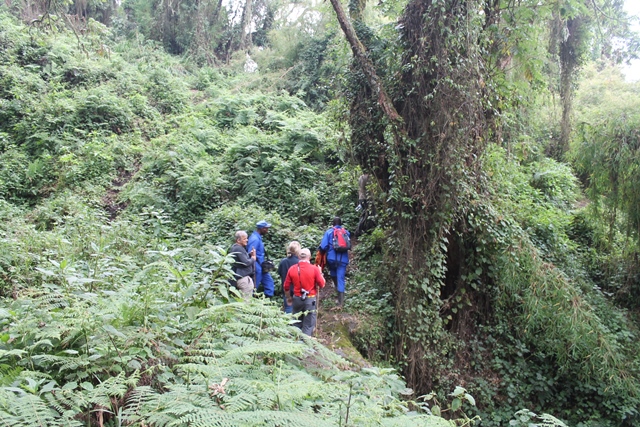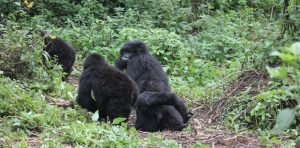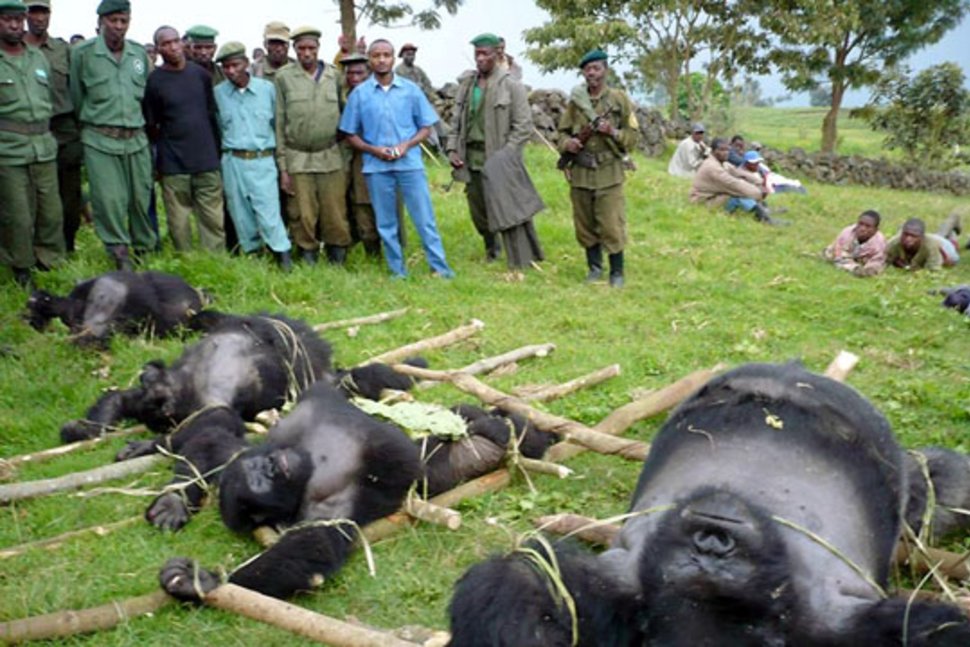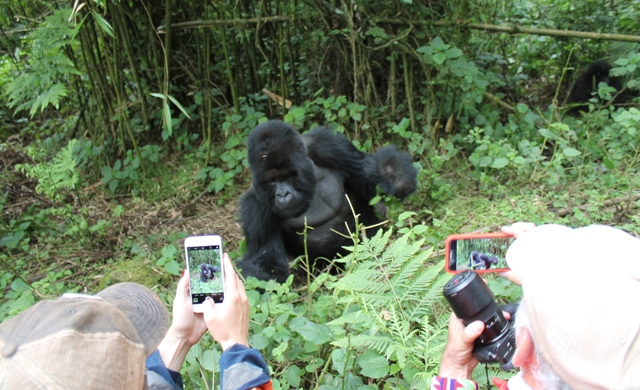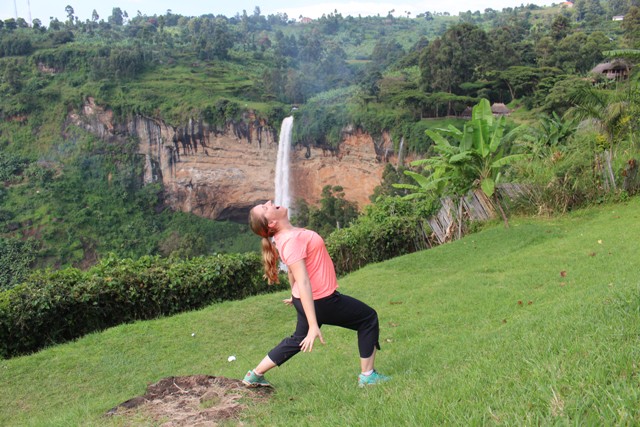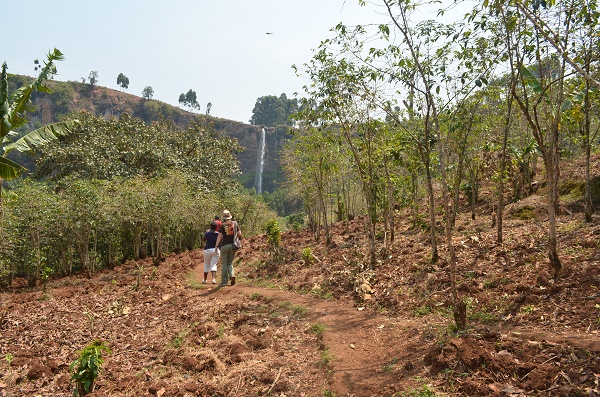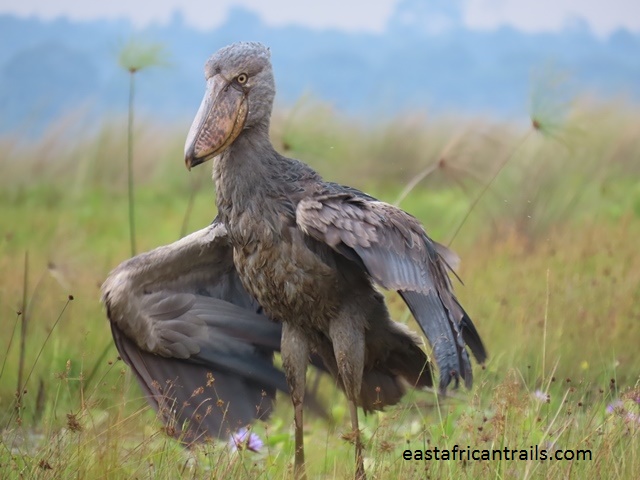
The Shoebill is an outstanding bird that many birdwatchers wish to see on their birding trips to Africa. The Shoebill also attracts the attention of non-birdwatchers who are intrigued by the bird’s prehistoric look. It is an unmistakably large big with a massive shoe-shaped bill that makes it look like something out of the dinosaur age. Actually, it is said to be the closest living thing to the dinosaurs.
On this page you are going to learn some important facts and information about the Shoebill.
Classifying the Shoebill (The Shoebill is NOT a stork)
The Shoebill is not a stork! A lot of people called it the Shoebill Stork (largely because of the physical appearance) but this is in error after studies show that it is not under storks.
Physically the bird look like storks, but genetically related to pelicans, and still also molecular studies relate it to the hamerkop making it (hamerkop) its closest relative.
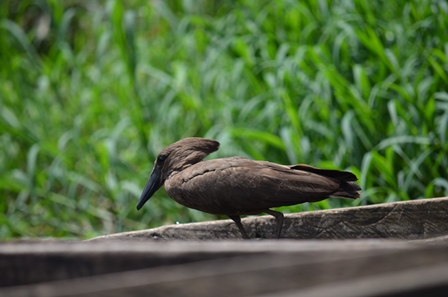
Physical appearance and size of the Shoebill
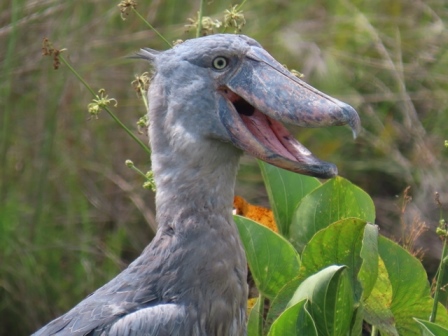
Shoebill is named so because its big shoe-shaped bill. The peculiar bill/beak measures up to 24cm in length and 20cm in width.
The plumage (color of the feathers) of an adult Shoebill is pale grey. Juveniles have darker grey plumage.
The adult Shoebill has yellow eyes
Shoebill is about 4 – 5 feet tall (120 – 150cm). This is as tall as many short adult humans.
Shoebill has a wide wingspan of about 130 – 160 cm
Male shoebills are bigger than males, but can only tell if you find both birds together
They weigh between 4 to 7kg
Shoebills live to 35 years in the wild and can live up to 50 years in captivity.
Habitat of the Shoebill
Shoebills live in freshwater wetlands.
Where do you find Shoebills in the world?
Shoebills are globally threatened species, categorized as vulnerable on the IUCN Red List data. They are found in a few countries in Africa and in zoos outside of Africa. These are the African countries where Shoebills are found: Uganda, Zambia, Ethiopia, Rwanda, South Sudan, Western Kenya.
Uganda has proved to provide the best chances of seeing the Shoebills in their habitat and the popular site is the Mabamba wetland near Entebbe (home to the International Airport). The population of Shoebills in Uganda is estimate to be 100 – 250 birds.
Feeding lifestyle of the Shoebill
Shoebills feed on water creatures mostly fish and others like amphibians (frogs), small reptiles like water snakes & baby monitor lizards. They may also snack on tiny creatures like snails, rodents, etc…
At Mabamba wetland in Uganda the Shoebill’s delicacy is the lung fish which is abundant in the wetland.
Shoebills tend to forage/feed in short vegetation not taller than the birds head to avoid obstruction of flight and support balance after a catch or miss
The Shoebills catch the fish by walking slowly, then standing still for long period and striking with their beak hooked at the tip when an unsuspecting fish swims by the bird. The poorly oxygenated swamp water provides the best opportunity to the Shoebill fishing that strike as the fish come to gulp for air on the surface.
Shoebills have binocular vision, and hunt head vertically pointing downward, so they easily spot the prey even in thick swamp water.
Breeding
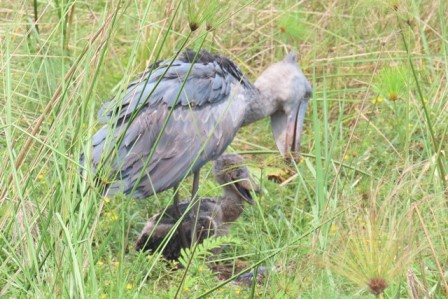
Shoebills gain sexual maturity at about 3 or 4 years and this is easily identified by the deep blue orange eyes.
Shoebills perform head up-downward movements as a form of greeting often done during courtship by a couple or at nests
Shoebill lays 1 to 2, on rare occasions 3 eggs. Incubation period is about 3 days.
Often only one chic survives.
Shoebill call/sound/voice
The Shoebill is mostly quiet but when few times when it calls it makes a machine-gun like clattering of the bill. This unique sound could be heard when two shoebills meet at a nest during courtship.
